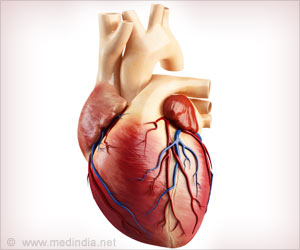Conventionally, investigating malnutrition in MHD patients has involved complicated nutritional screening tools that often require examiners’ subjective assessments, making them time-consuming and irreproducible.
Moving beyond this practice, the research team used the Japanese nutritional risk index (NRI), a nutrition indicator designed for MHD patients. “The NRI score is calculated from four objective and routinely measured variables, namely creatinine, total cholesterol, serum albumin, and BMI,” elaborated Dr. Masafumi Kurajoh, first author of this study. “A high NRI score signals malnutrition.”
Sarcopenia Detection in Hemodialysis Patients
Sarcopenia is characterized by losses of muscle mass, strength, and function. The researchers collected data on the NRI scores, muscle mass, muscle strength, and physical performance of 315 MHD patients, who were divided into low-risk and medium/high-risk groups according to their NRI scores.
The patients with low muscle mass and either low muscle strength or low physical performance were diagnosed with sarcopenia. Those experiencing all three conditions were considered to have severe sarcopenia.
Results of multiple regression analysis show significant relationships between the NRI score or the NRI score-based medium/high-risk group and sarcopenia and severe sarcopenia, as well as low muscle mass, strength, and physical performance.
These findings confirm that malnutrition contributes to sarcopenia by diminishing the MHD patients’ muscle mass, strength, and physical performance. Furthermore, the results indicate the usefulness of the NRI score as a sarcopenia detection tool.
“Our findings suggest the NRI score as a simple and objective nutritional screening tool for early detection of sarcopenia,” concluded Dr. Kurajoh. “The significant relationship between malnutrition and sarcopenia found in our study also signals the need for therapeutic strategies targeting nutritional status to prevent the onset and progression of sarcopenia.”
Source: Eurekalert



